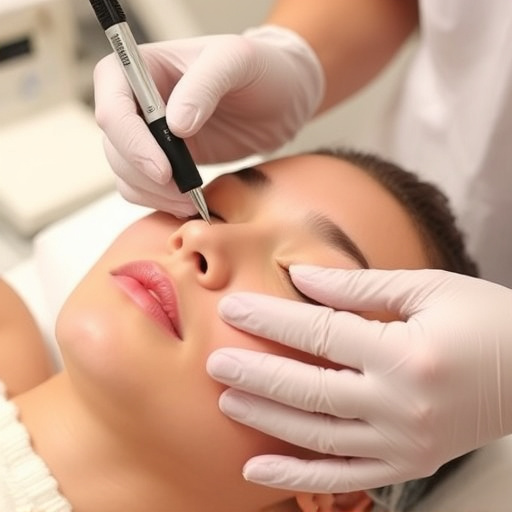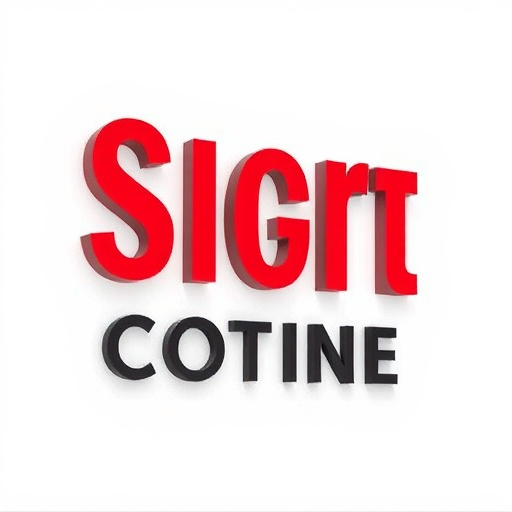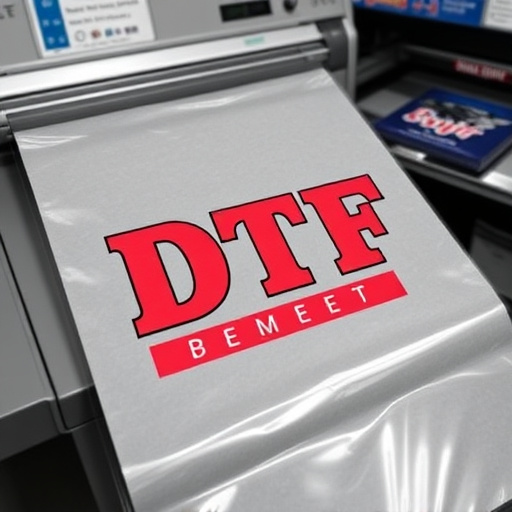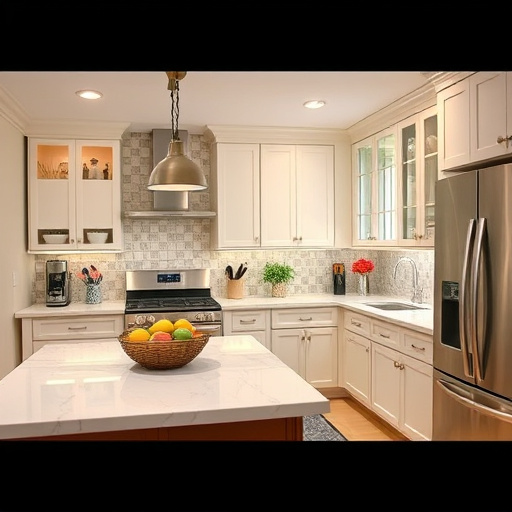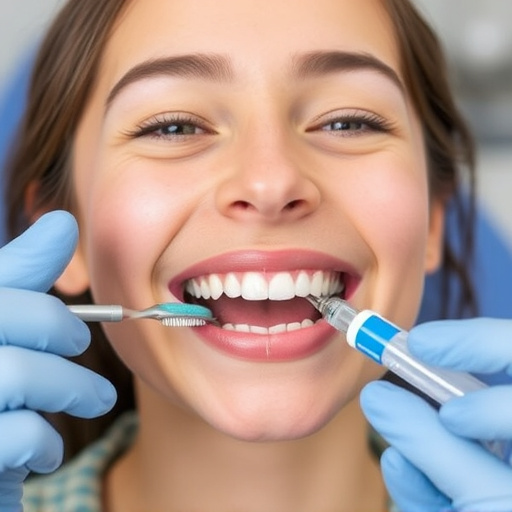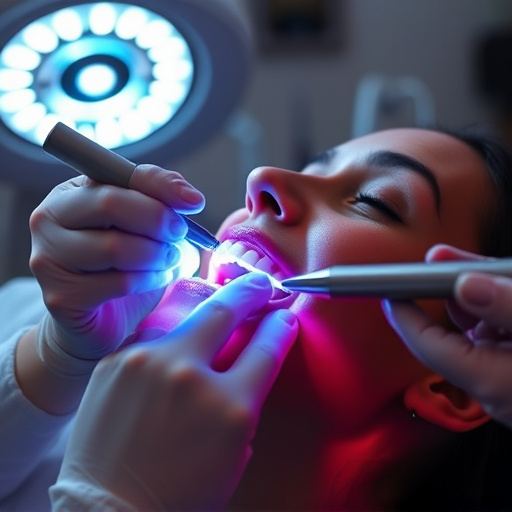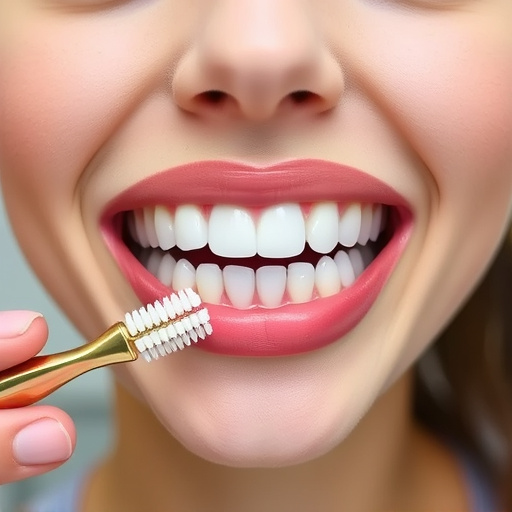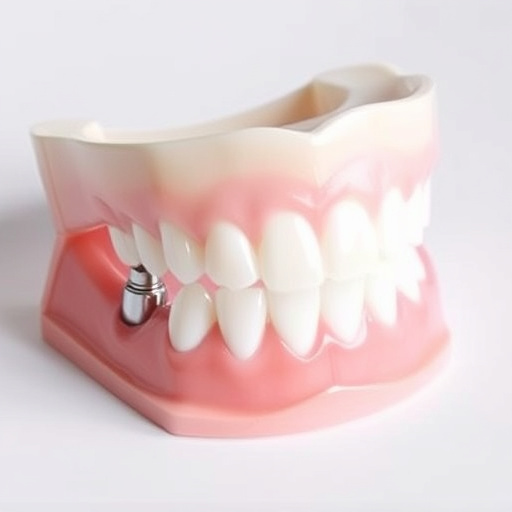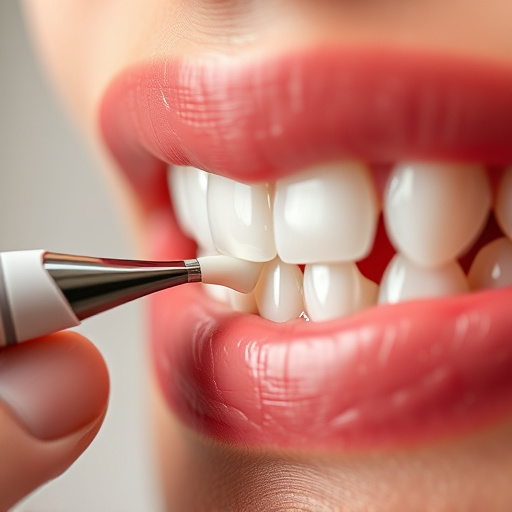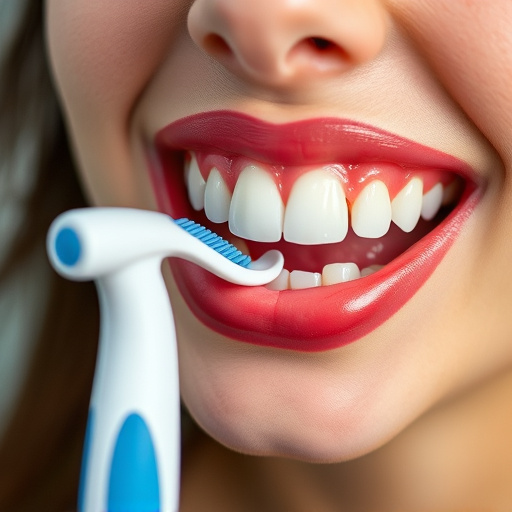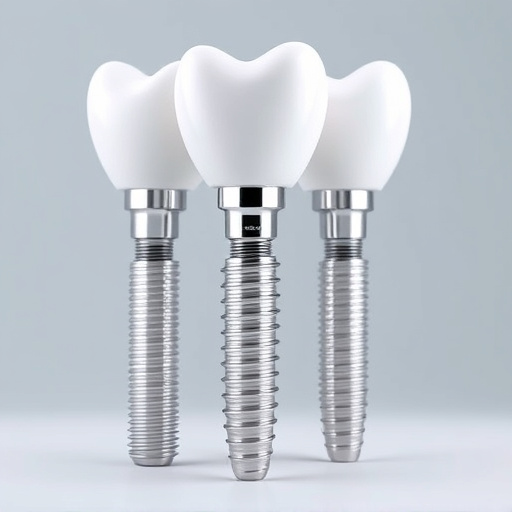Minimally Invasive Dentistry (MID) is a modern oral care approach that prioritizes preserving healthy tooth structure using advanced technologies like lasers, digital imaging, and 3D printing. Unlike traditional practices, MID focuses on early detection through routine exams and preventive measures to avoid extensive procedures. This patient-centric method conserves natural tooth structure, offering benefits such as reduced pain, faster recovery times, and decreased anxiety, making it highly preferred in general and emergency dentistry. Family dentistry practices are increasingly adopting MID to provide comfortable, less traumatic experiences for patients of all ages, promoting better oral health and smile preservation.
In today’s digital era, minimally invasive dentistry (MID) is revolutionizing oral care. This modern approach prioritizes patient wellness by preserving tooth structure, reducing discomfort, and minimizing surgical intervention. Unlike traditional methods, MID focuses on solving problems with the least disruption, aligning perfectly with growing dental wellness goals. By understanding the core principles of MID, exploring its benefits for patient satisfaction, and examining cutting-edge technologies driving this movement, we can appreciate why it’s becoming a game-changer in modern dental practice.
- Understanding Minimally Invasive Dentistry: A Modern Approach to Oral Care
- The Alignment with Dental Wellness: Benefits and Patient Satisfaction
- Techniques and Technologies Driving the Movement in Modern Practice
Understanding Minimally Invasive Dentistry: A Modern Approach to Oral Care
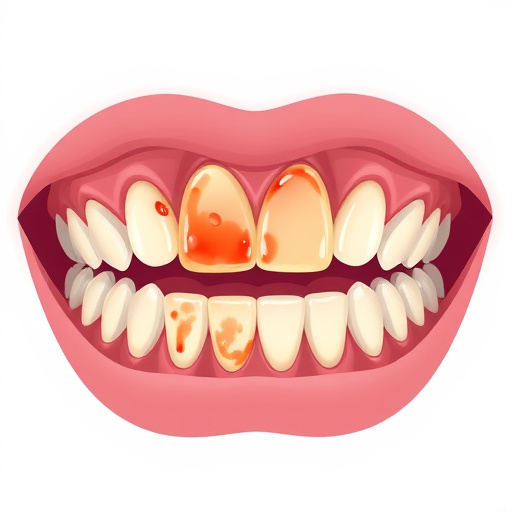
Minimally invasive dentistry (MID) represents a modern approach to oral care that prioritizes preservation and minimal manipulation of healthy tooth structure. Unlike traditional dental practices that often involve extensive drilling and removal of tooth tissue, MID focuses on using advanced technologies and techniques to diagnose and treat dental issues with precision and efficiency. This innovative method not only reduces patient discomfort but also minimizes the risk of complications and promotes faster recovery times.
The core principles of minimally invasive dentistry revolve around early detection through routine oral exams and preventive measures like regular teeth cleaning. By identifying potential problems at their inception, MID aims to avoid extensive procedures later. In cases where intervention is necessary, modern tools such as lasers, digital imaging, and advanced materials enable dentists to perform treatments with less impact on the surrounding healthy tissue. This approach aligns perfectly with today’s dental wellness goals, which emphasize holistic health, patient comfort, and long-term sustainability.
The Alignment with Dental Wellness: Benefits and Patient Satisfaction
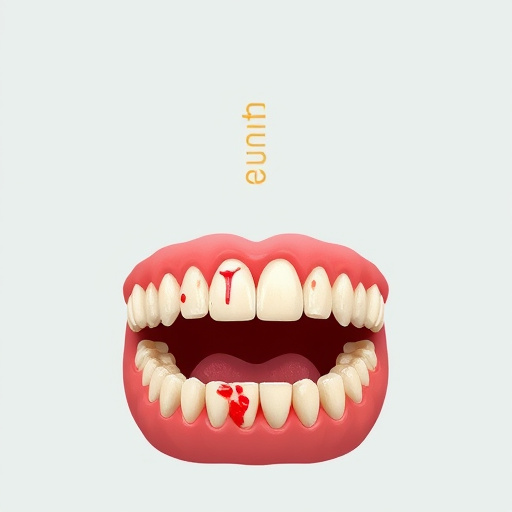
Minimally invasive dentistry (MID) aligns perfectly with modern dental wellness goals by prioritizing patient comfort and minimizing the impact of treatment on oral health. This approach focuses on preserving as much natural tooth structure as possible, reducing the need for extensive drilling and cutting. The benefits extend beyond immediate patient satisfaction; it leads to enhanced long-term oral health. Patients often experience less pain, shorter recovery times, and reduced anxiety associated with dental procedures.
This modern dentistry technique is particularly appealing in the context of general dentistry practices, offering alternative solutions to common issues like tooth decay or minor fractures. It can also be a game-changer for those needing emergency dental care, providing swift and conservative treatments that preserve the tooth. Patient feedback consistently highlights higher satisfaction levels with MID, attributing it to its comfort, efficiency, and the minimal disruption to their daily lives, making it a preferred choice in modern dental wellness routines.
Techniques and Technologies Driving the Movement in Modern Practice
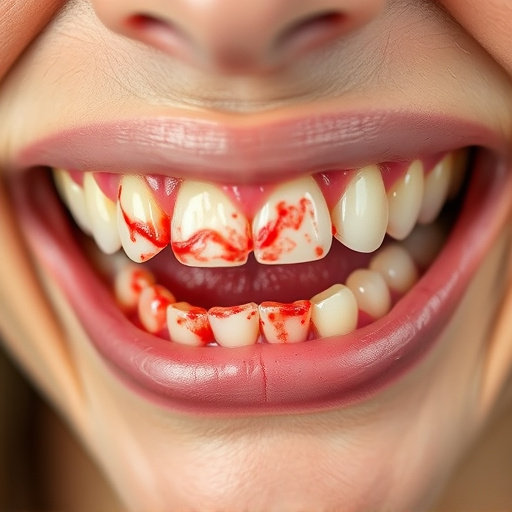
In recent years, the dental industry has witnessed a significant shift towards minimally invasive dentistry (MID), reflecting a growing emphasis on patient comfort and preserving tooth structure. This modern approach leverages advanced techniques and technologies that enable dentists to perform procedures with greater precision and less tissue removal. Laser dentistry, for instance, offers more controlled treatments, reducing the need for drilling and cutting. Digital imaging and 3D printing have also revolutionized diagnostic and treatment planning, allowing for personalized, conservative solutions.
Moreover, cosmetic dentistry benefits from these advancements in MID, as techniques like porcelain veneers and composite fillings can be executed with minimal preparation, enhancing aesthetics while minimizing removal of natural tooth material. Even emergency dental care has improved due to faster diagnosis and treatment options made possible by technology. Additionally, family dentistry practices are incorporating MID to provide a more comfortable and less traumatic experience for patients of all ages, making it easier to maintain oral health and preserve smiles for years to come.
Minimally invasive dentistry (MID) is not just a trend but a transformative shift in modern dental care, aligning perfectly with evolving wellness goals. By prioritizing patient comfort, reducing anxiety, and minimizing tissue removal, MID offers a more gentle and effective approach to oral health. The advanced techniques and technologies driving this movement empower dentists to provide exceptional care while enhancing patient satisfaction, ensuring a brighter, healthier smile for years to come.
